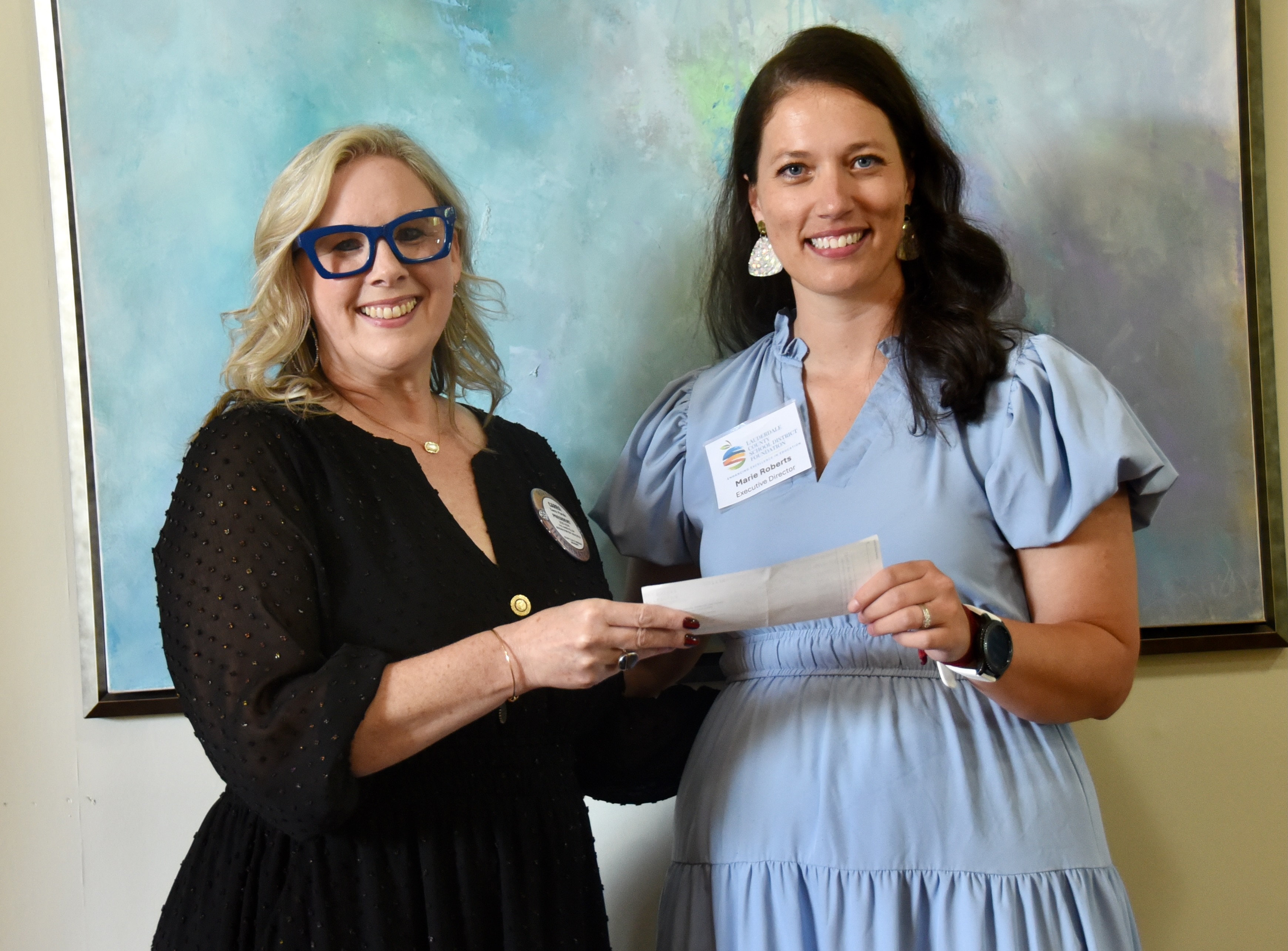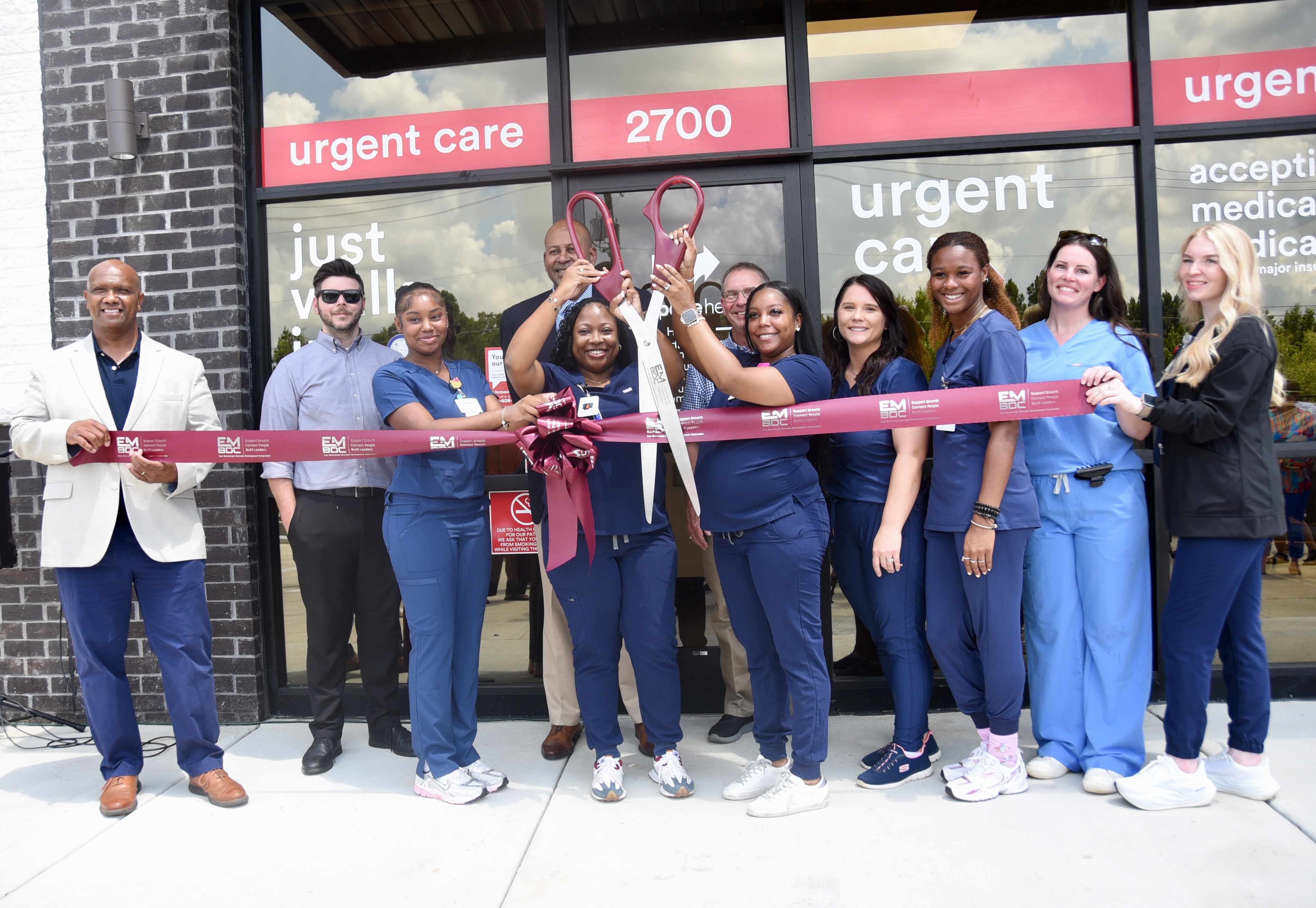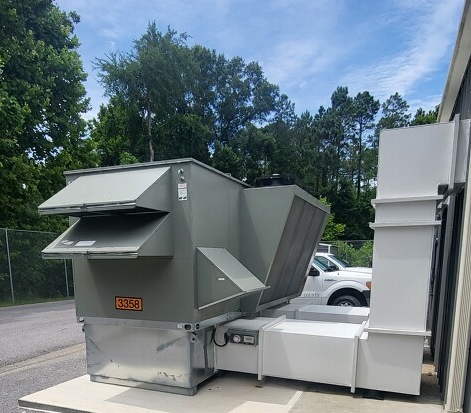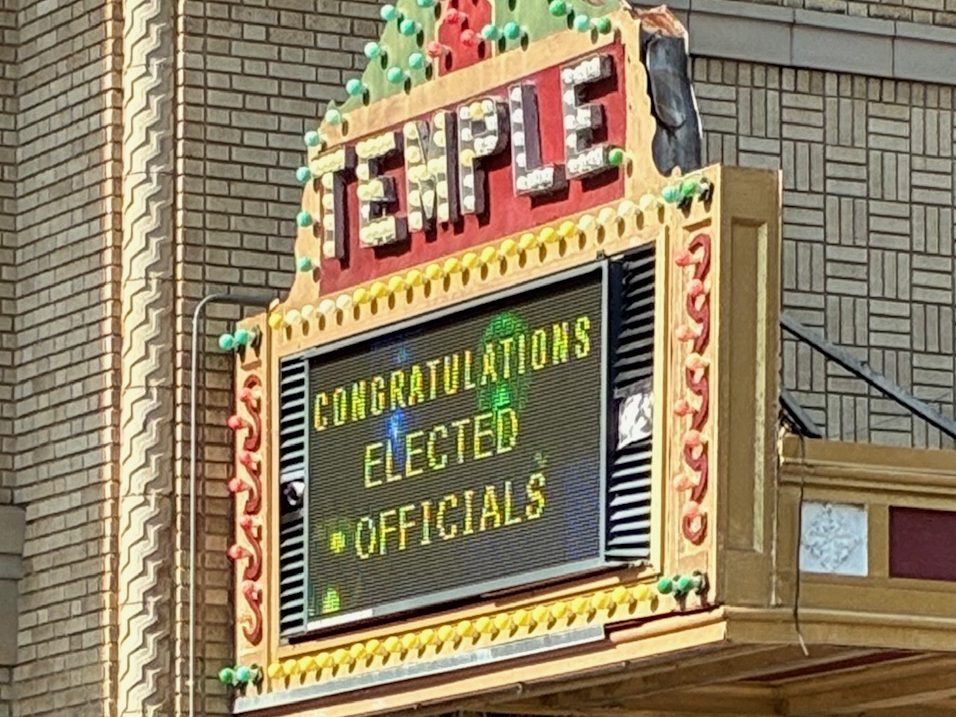Stennis 2019 review – year after year, some fundamental things apply
Published 9:30 am Friday, December 27, 2019
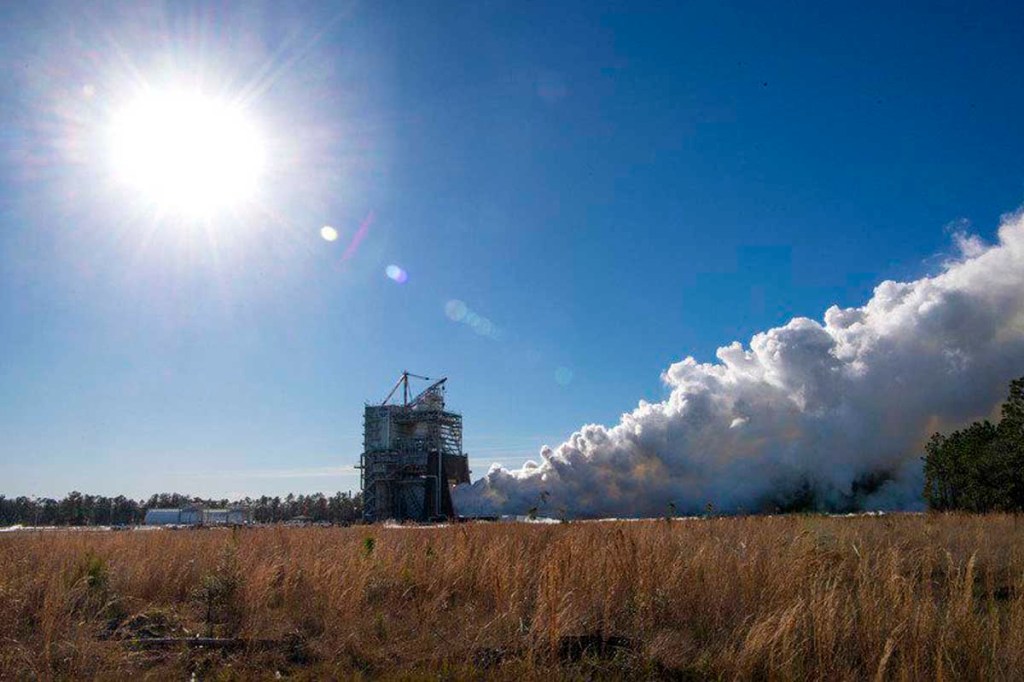
- Submitted photo On Feb. 13, about two weeks after a monthlong government furlough ended, NASA conducted the first RS-25 engine test of 2019 on the A-1 Test Stand at Stennis Space Center.
In one scene of the great movie classic Casablanca, Dooley Wilson croons a love ballad that includes the lines – “The fundamental things apply/As time goes by.” The lines serve as a fitting summary of 2019 at Stennis Space Center.
The past year was both a testament – and added chapter – to the site’s long history of propulsion testing excellence, as a brief overview shows:
Trending
Following a monthlong government furlough to begin the year, Stennis wasted no time resuming RS-25 engine testing for NASA’s new Space Launch System (SLS), conducting the first test of 2019 on Feb. 13.
Two weeks later, it marked a milestone by powering the RS-25 to its highest operating level for longer than any previous hot fire at that thrust level.
In March, testing of RS-25 engines at Stennis would be featured in a new episode – Rise of the Rockets – of the Public Broadcasting System’s NOVA program.
On April 4, NASA concluded 51 months of RS-25 testing that demonstrated the engines can perform at the higher power level needed for SLS rocket. The test marked another milestone, signaling that all 16 RS-25 flight controllers and engines for the first four SLS missions were tested and ready to fly.
In mid-summer, NASA would announce those early missions would fly as part of the new Artemis Program, designed to return humans, including the first woman, to the Moon.
In late April, an integrated test team at Stennis received the prestigious Stellar Award from the Rotary National Award for Space Achievement Foundation for its historic AR-22 test series. The blended team of federal and commercial engineers and operators conducted 10 AR-22 tests in 10 days on the A-1 Test Stand at Stennis in the summer of 2018, an unprecedented large engine testing achievement.
Trending
May saw delivery of the SLS core stage pathfinder to the B-2 Test Stand at Stennis. The pathfinder – a sizeand-weight replica of the SLS flight core stage – allowed Stennis crews to practice various handling procedures. The exercises included successfully lifting and installing the pathfinder on the B-2 stand, just as must be done with the flight core stage. Later in the year, Stennis also conducted a sitewide stress test to demonstrate it is fully ready for core stage testing.
In June, Relativity Space announced it was partnering with NASA to expand its robotic 3D-printing rocket facilities at Stennis. The company already had partnered with Stennis for development of testing facilities at the site.
On July 1, outgoing Gov. Phil Bryant announced launch of a new economic development Space Initiative, designed to target and attract new space companies to the state.
On July 25, NASA officially announced it would proceed with Green Run testing of the SLS core stage prior to its first flight. The announcement set the stage for delivery and testing of the stage in 2020.
At the end of September, the U.S. Air Force Research Laboratory concluded testing of a state-of-the-art rocket engine preburner on the E-1 Test Stand at Stennis.
The successful testing culminated two decades of research into oxygen-rich staged combustion for the laboratory. As in previous years, Stennis achievement was not limited to propulsion testing. The Advanced Technology and Technology Transfer Branch continued efforts to introduce Stennisdeveloped technology into the wider market and to the public.
The Office of Communications hosted a variety of events across the region to share the NASA/Stennis story and inspire support for agency missions. And the Office of STEM Engagement continued to encourage and inspire students of all ages to pursue studies and careers in science, technology, engineering and mathematics fields.
Onsite, Stennis continued to engage employees in areas of diversity and inclusion. The site also hosted a range of visitors during the year, including student groups, congressional representatives, NASA officials, astronauts and business leaders. As 2020 approaches, a new year – an added chapter, so to speak – of such work and efforts already is planned. The year promises to be historic, especially in the area of propulsion as Stennis tests the SLS core stage in preparation for its maiden Artemis I flight and resumes RS-25 engine testing for future SLS missions.
That fact comes as no surprise. As Wilson sang in Casablanca, on some things one can surely rely – “No matter what the future brings/As time goes by.”


